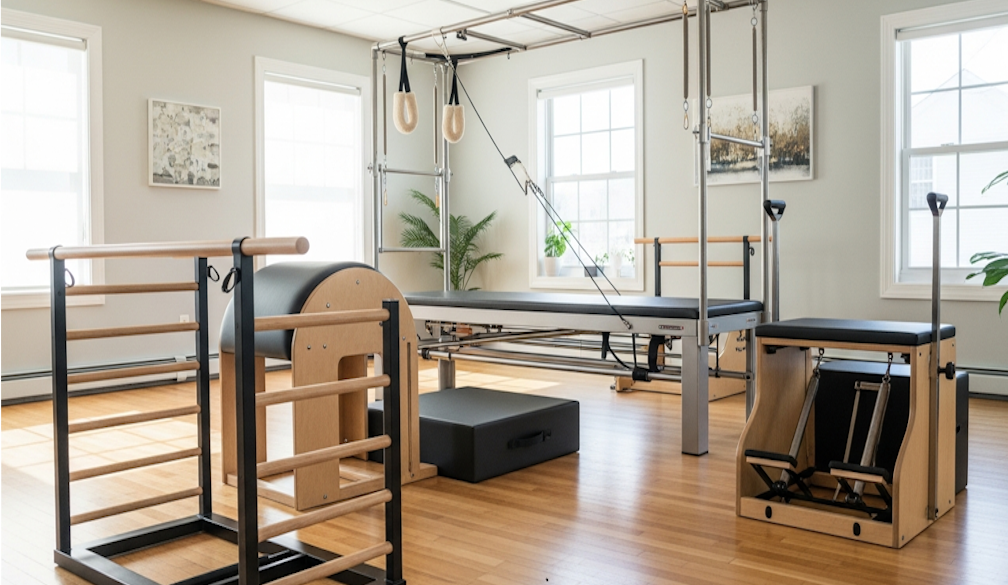The 7 Do’s and Don’ts of Window Airconditioning System Installation
- Written by News Co

If you are looking for an air conditioning system that is simple and easy to install, a window-type air conditioner makes a great choice. But while installing a window-type aircon is more straightforward than installing other types of air conditioning systems, that doesn’t mean you can do it without taking note of certain things. Since installing this unit involves only a few steps and the steps may vary depending on the model you choose, setting it up properly is more about taking note of certain rules of thumb than following a set procedure.
If your goal is to make sure your window aircon is installed properly, you have come to the right place. In this guide, you will discover the do’s and don’ts of installing a window-type air conditioning system.
Don’t go without a bracket
While you have the option of not using a bracket to secure your unit, simply slapping your unit into that space in your window without any fastener means not having anything to support the total weight of your air conditioner. Especially if your unit weighs more than 100 pounds, you need a bracket to make sure your system sits securely in your window.
Do make sure your unit fits into your window
Making sure that your unit fits well into your window will ensure that it is locked in place. Before shopping for an air conditioner, it is best to measure the space in your window where you plan to install the unit so you can be sure that the size of the unit you buy is just right for your allocated space5. When installing, find the center of your window and mark it with a pencil. This will not only make the installation easier, but this will also ensure that the side panels extend to both sides of your window evenly.
Don’t use an extension cord on your unit
Ever seen an aircon using a plug adapter or plugged into an extension cord? Most likely not. This is because one major rule of air conditioning installation is that the unit should be placed close enough to an electrical outlet. Why? Because ordinary extension cords are not capable of handling enough electricity to run an air conditioning system. If you install your window aircon far from an outlet and you use an extension cord to plug it, you run the risk of starting a fire.
Do secure your unit with mounting rails and panels
Window-type air conditioners usually come with mounting rails and side panels which, just like the brackets, help secure the unit in place. When installing your aircon, make sure to attach these pieces of hardware and tighten all the screws. These will not only help hold your air conditioning system but will also work in filling the gaps between your unit and the sides of your window frame.
Do get rid of obstruction
Any obstruction on the inside and outside units of your window type aircon will affect the efficiency of your unit. That is why as you install your aircon, make sure that the space where you plan to install your unit is clear of any obstruction. When the outside unit is blocked with debris or any form of obstruction, it may not be able to circulate the heat properly. As a result, the indoor unit will have a hard time producing cool air. Regular maintenance is important so when appliance find out more at air conditioning cleaning Brisbane.
Don’t install without someone to assist you
Although window type air conditioners are simpler and easier to install than split type and ducted aircons, you still need a helper if you are installing one in your home. This is because despite its small size, a window aircon usually weighs up to 100 pounds. If you can carry something that heavy by yourself, then good for you. But then, we recommend that you ask someone to help you hold it in place when installing it. It’s good to have an assistant to hold the unit while you secure the screws during the installation, unless you don’t mind accidentally dropping your unit out of your window.
Do check the installation manual to determine the unit’s recommended tilt
Window air conditioners are usually slightly tilted to prevent the condensation from trickling down the wall of your home. While the recommended tilt is usually about a half inch, it is best to check your air conditioner’s installation manual before you decide on this since different models may require different angles. Upon installation, check your window unit and make sure that it is tilted toward the ground outside. To ensure proper drainage, remember that the tilt should appear obvious from the outside.



















